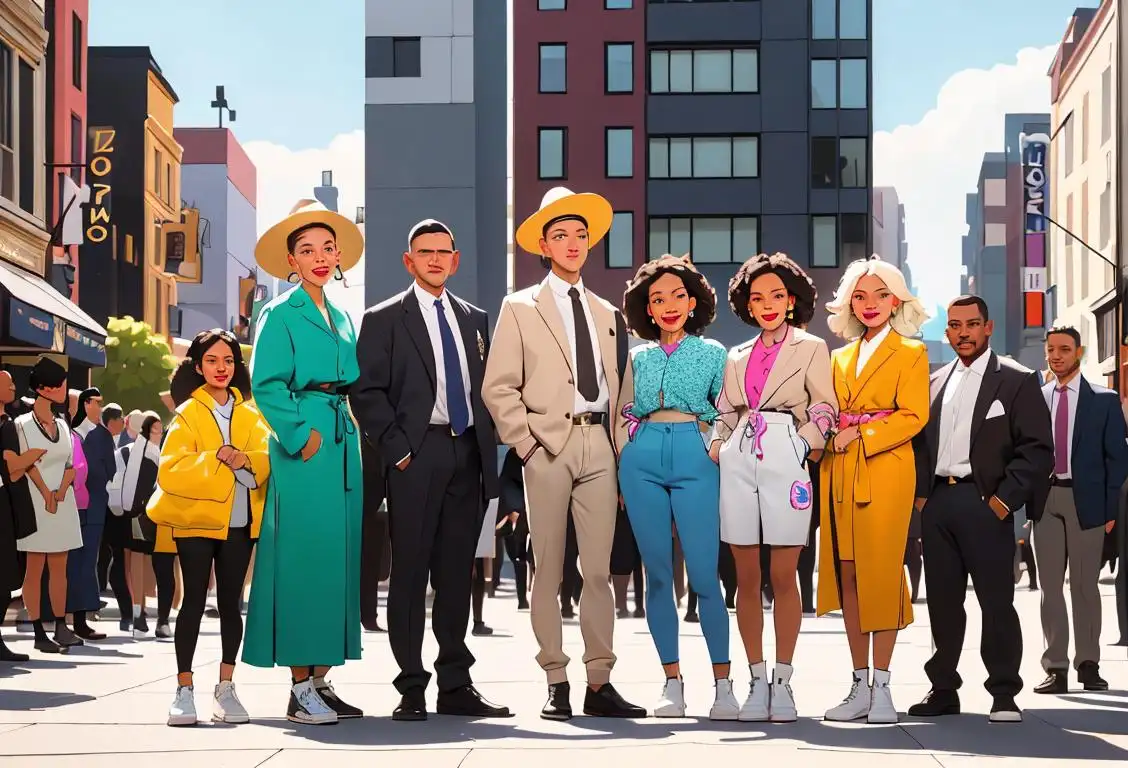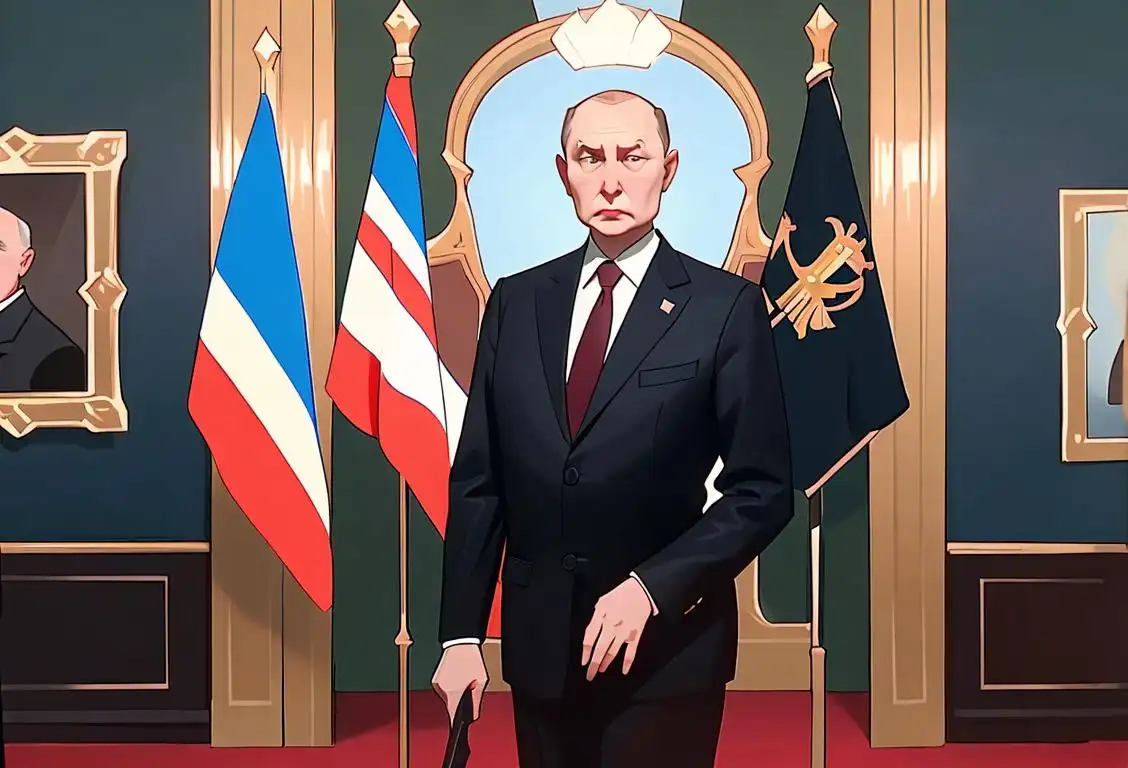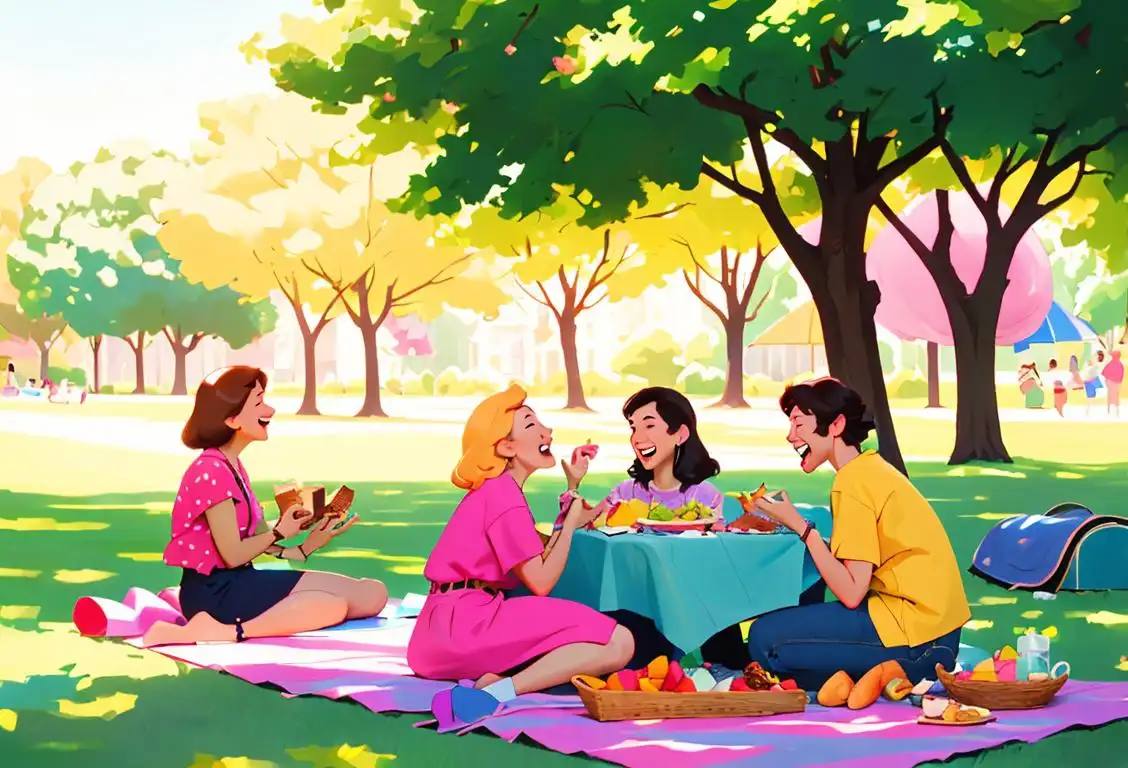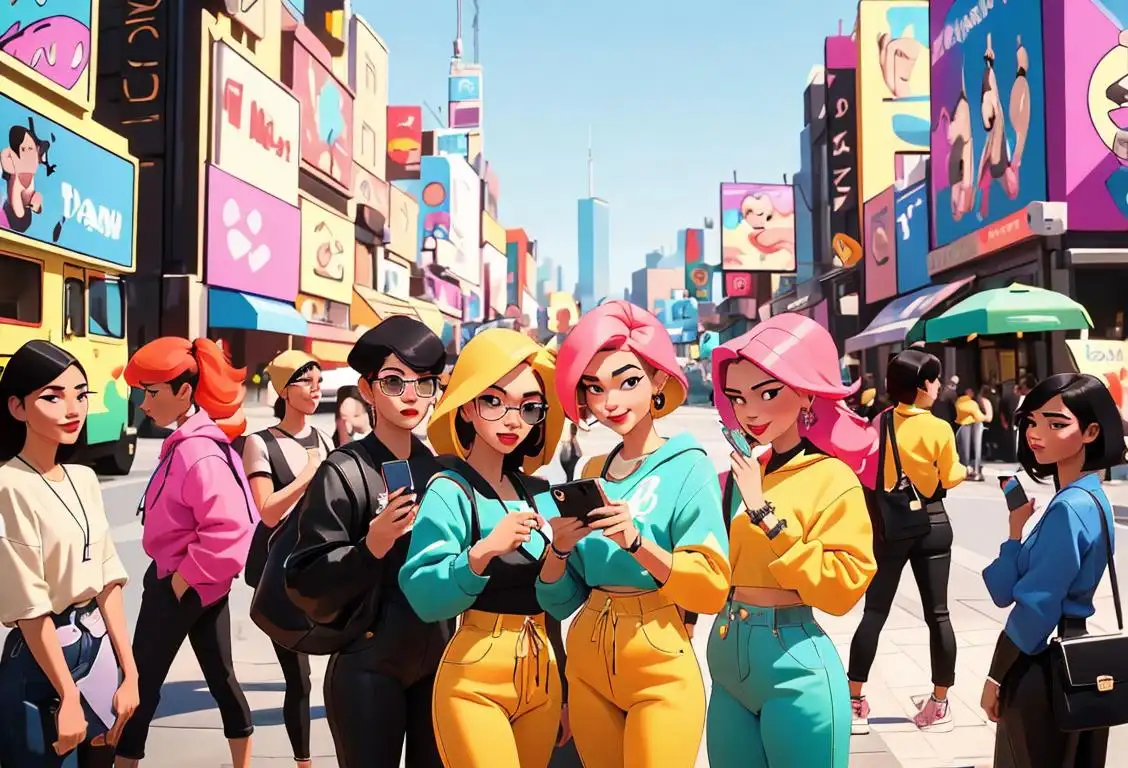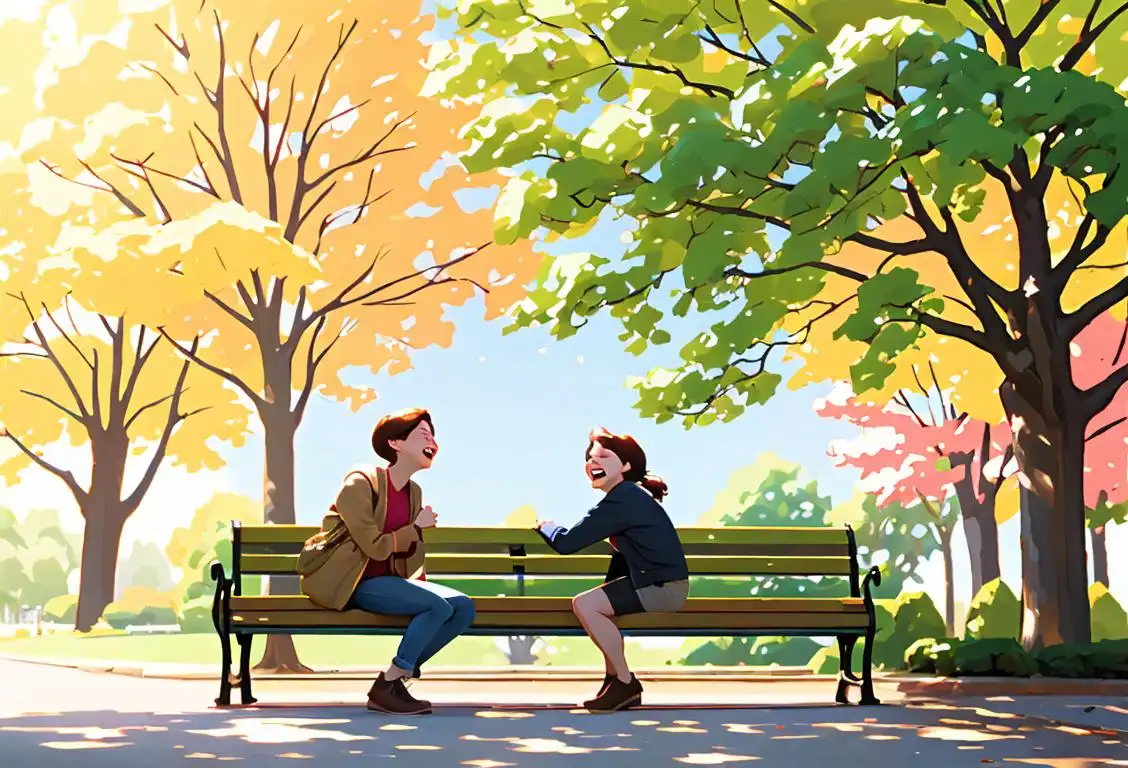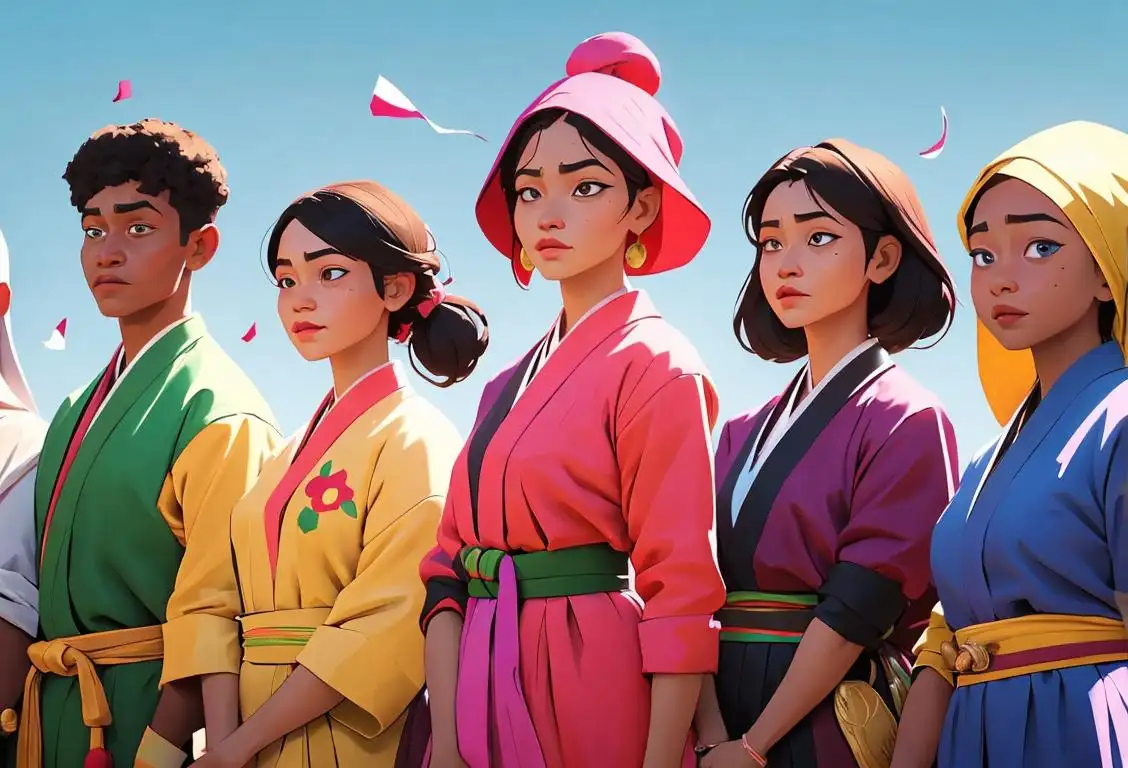National Lightskin Day
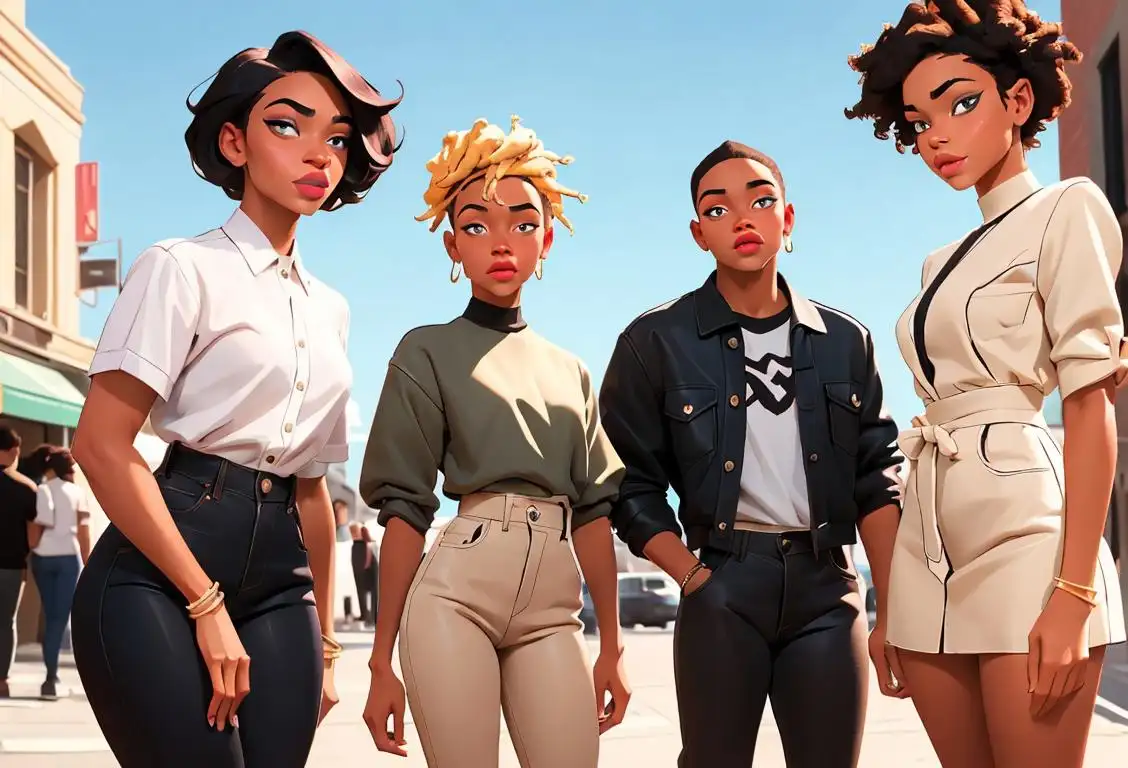
Get ready to shine a spotlight on a quirky internet trend, because it's time to talk about National Lightskin Day! A day that weaves itself through the world wide web's calendar with all the subtlety of neon Christmas lights. Let's delve into the twists and turns of this fascinating Internet holiday that's caught our attention!
When is Lightskin Day?
It's national lightskin day on the 17th January.
What's with National Lightskin Day?
The internet, our beloved hub of cute cat videos and not-so-helpful predictive text, has an intriguing habit of building awareness days around pretty much everything. Case in point: National Lightskin Day. But what's behind this day? Where did it come from? And why on earth is it lighting up our browsers?
A Web of Dates and Mentions
The source of National Lightskin Day is a bit elusive, like an internet ninja shrouded in social media smoke. However, what we do have is a bunch of online chatter about it - 793 mentions, to be precise. The most mentions cropped up on January 17, 2020. Imagine that day; keyboards clicking, tweets tweeting, and all for National Lightskin Day!
The Meaning Behind It
While the origins of 'National Lightskin Day' remain a mystery, it's often associated with celebrating diversity and embracing one's light-skinned identity. It appears to fall into the same category as days where we celebrate the sheer variety and richness of human appearances. Remember, beauty's only skin deep, but our capacity to invent Internet holidays is truly limitless!
History behind the term 'Lightskin'
1964
The term 'lightskin' emerges in African American communities.
In the mid-1960s, the term 'lightskin' began to emerge in African American communities as a way to describe individuals with lighter skin tones. This term was used to differentiate people who had a lighter complexion from those with darker skin tones. It gained popularity as a means of categorizing and identifying differences within the Black community.
1970
A cultural shift highlights the preferences for lighter skin.
In the 1970s, a cultural shift occurred where there was an increasing emphasis on lighter skin within various communities around the world. This preference for lighter skin was not limited to African American communities, but also extended to other cultures. Advertisements often portrayed lighter-skinned individuals as more desirable, perpetuating the idea that lighter skin was more attractive and socially advantageous.
1990
The term 'lightskin' gains traction in popular culture.
By the 1990s, the term 'lightskin' had gained traction in popular culture, particularly in the context of the hip-hop and R&B music scenes. Lighter-skinned artists were often referred to as 'lightskin' as a way to describe their appearance and differentiate them from their darker-skinned counterparts. This usage of the term further solidified its place in the vernacular and cultural lexicon.
2000
'Lightskin' becomes a subject of debate and criticism.
In the 2000s, discussions around colorism, discrimination based on skin color, began to gain more prominence. The term 'lightskin' came under scrutiny as it was seen by some as perpetuating harmful stereotypes and preferences for lighter skin tones over darker ones. These conversations aimed to challenge societal beauty standards and promote inclusivity and acceptance of all skin tones.
Present
The term 'lightskin' continues to evolve and spark conversations.
In the present, the term 'lightskin' remains a part of conversations surrounding race, representation, and identity. While it still holds cultural significance, there are ongoing discussions about the impact and implications of colorism and the way it intersects with notions of beauty and privilege. It serves as a reminder that the perceptions and language used to describe skin color have complex historical and societal roots.
Did you know?
Did you know? The most online chatter about National Lightskin Day happened on January 17, 2020. That's one day before the National Use Your Gift Card Day! Maybe it's a sign to use your gift cards to treat yourself on National Lightskin Day? Just a thought!Tagged
awareness fun social media celebrations diversity internet trends identityFirst identified
9th November 2015Most mentioned on
17th January 2020Total mentions
793Other days
Lightskin Day
White People Day
Pastry Day
Potato Chip Day
Hug Your Cat Day
Security Adviser Called Russian Envoy Day
Joke Day
Social Media Day
Friend Day
Minority Day
